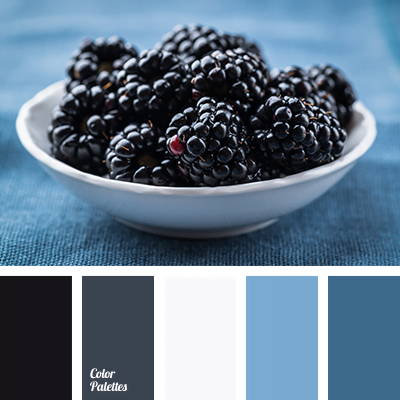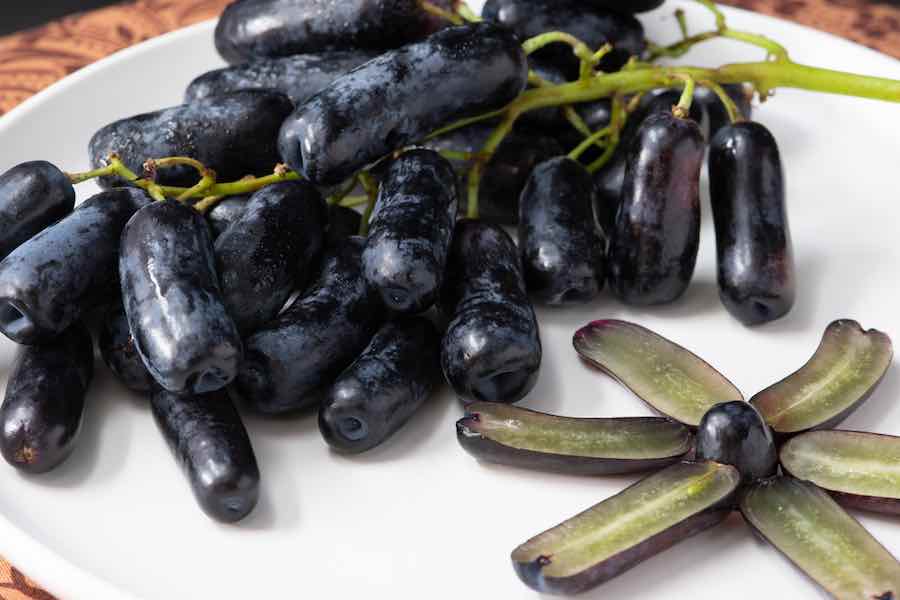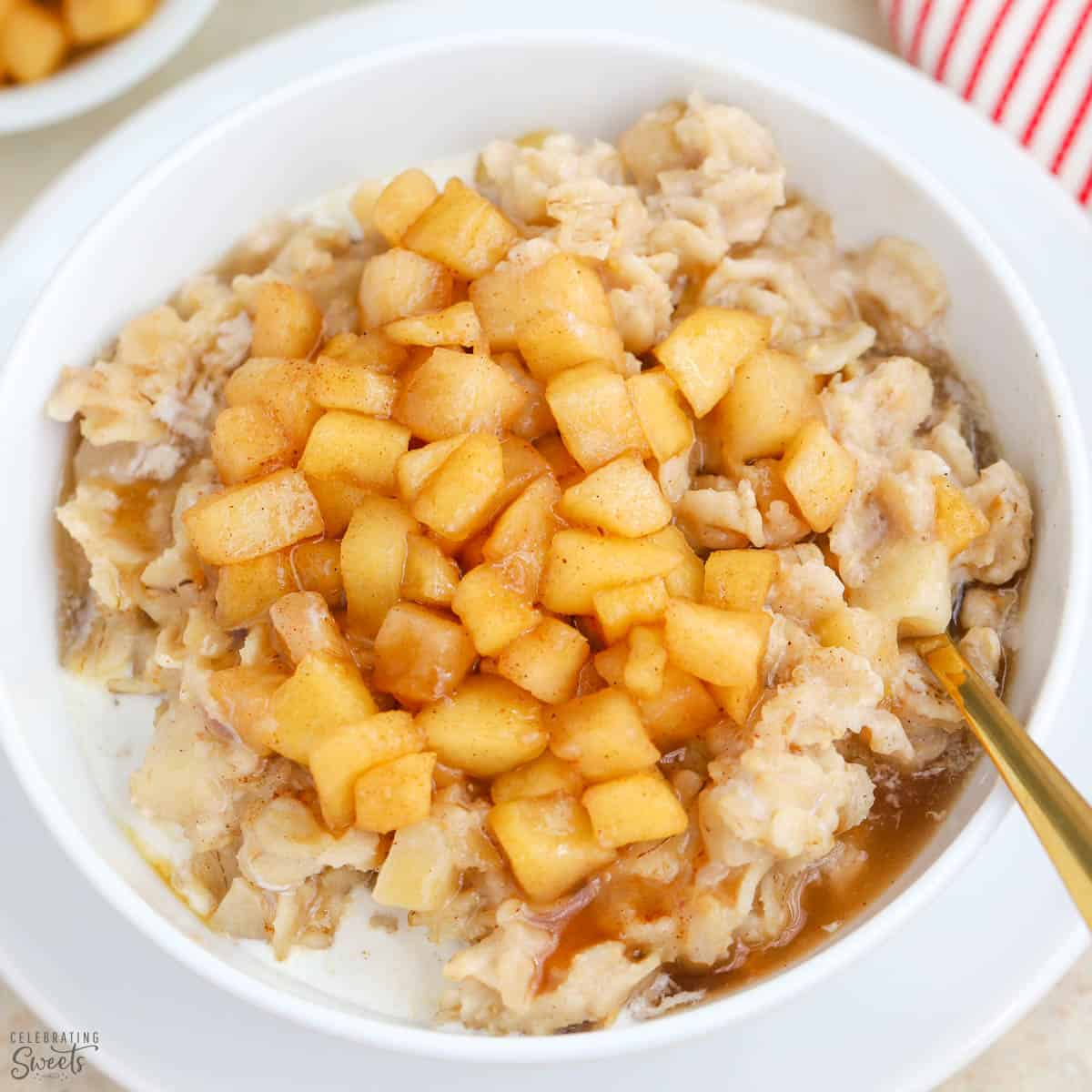Imagine a fruit so rich and delicious, it tantalizes your taste buds even before it touches your tongue. That fruit is none other than the blackberry. But have you ever stopped to wonder, what color are blackberries? It’s a seemingly simple question, yet the answer holds the key to unveiling the hidden depths and unique qualities of this delectable berry. Brace yourself for a journey of discovery as we explore the enigmatic color of blackberries and unlock the secrets that lie within.
The Color of Blackberries

Blackberry Overview
Blackberries, scientifically known as Rubus, are a popular fruit loved for their sweet and tart taste. These berries are widely consumed around the world and can be found in various species. Their physical appearance and rich color make them a standout fruit in nature. In this article, we will explore the color of blackberries, the different species, their cultural and symbolic significance, as well as their health benefits and culinary uses.
Blackberry Species
Blackberries belong to the Rubus genus and encompass several species. Some of the most common species include Rubus allegheniensis, Rubus argutus, Rubus fruticosus, Rubus occidentalis, Rubus pensilvanicus, and Rubus ulmifolius. Each species has its own unique characteristics and grows in different regions around the world.

Physical Appearance
Blackberry plants are known for their thorny stems and compound leaves. The leaves are typically green and serrated, providing a beautiful backdrop to the delicate flowers and juicy fruits that blackberries produce. The flowers of blackberries are usually white or pale pink in color and bloom in clusters.
When it comes to the fruit, blackberries are characterized by their small, round shape and glossy surface. The berries are made up of multiple drupelets, which give them a unique texture. Moreover, blackberries are known for their vibrant and deep color, which can range from a dark purple to a rich, almost black hue.
Anthocyanin Pigments
The striking color of blackberries can be attributed to a group of pigments known as anthocyanins. Anthocyanins are water-soluble compounds that are responsible for the red, purple, and blue hues present in many fruits and flowers. In blackberries, these pigments manifest in various shades of purple and black.

Color Variation
While the general color of blackberries is deep purple, there can be variations in the shade and intensity of their coloration. This variation can be influenced by several factors, including ripeness, environmental conditions, and varietal differences.
Factors Influencing Color Variation
The ripeness of blackberries plays a significant role in their color variation. As berries ripen, they tend to darken and intensify in color. Therefore, blackberries that are fully ripe will exhibit a darker shade of purple or black compared to those that are underripe.
Environmental factors such as temperature and sunlight exposure can also impact the color of blackberries. Cooler climates have been known to produce berries with a darker coloration, while warmer climates may result in slightly lighter shades.
Additionally, different blackberry varieties may naturally exhibit variations in color. Some species may have berries that are more purple, while others may have a deeper black shade. These subtle differences contribute to the overall diversity of blackberry appearances.
Cultural Symbolism
Blackberries have held symbolic meaning in various cultures throughout history. In some cultures, blackberries symbolize abundance and wealth, representing a fruitful and prosperous life. They are also associated with protection and were sometimes hung over doorways to ward off evil spirits.
Blackberry Symbolism in Different Cultures
In Celtic folklore, blackberries were believed to have sacred properties and were associated with wisdom and protection. The Norse goddess, Freya, was said to have a fondness for blackberries and it was believed that the plant possessed magical powers.
Furthermore, blackberries have been used as symbols of fertility and sensuality in different cultures. Their dark, alluring color and luscious taste have often been connected to love and desire.
Blackberry’s Connection to Witchcraft
Blackberries have been linked to witchcraft and pagan rituals. In some traditions, blackberries were believed to have protective qualities against negative energies and were used in spellwork. The juice of blackberries was also utilized as an ink for magical writings.

Color Symbolism in Nature
The color of blackberries is not only visually captivating but also serves important purposes in the natural world. In plants, colors play a crucial role in attracting pollinators and aiding in seed dispersal.
Blackberries and Their Natural Environment
In their natural environment, blackberries rely on insects and animals for pollination. The vibrant color of their flowers acts as a signal to attract insects and encourage pollination, thereby ensuring the survival and reproduction of the plant.
Role of Color in Plant Reproduction
Once pollinated, blackberries produce fruits that further aid in seed dispersal. The dark color of the berries is thought to attract animals, particularly birds, which consume the fruits and subsequently disperse the seeds through their droppings. This symbiotic relationship between blackberries and animals helps to spread the plant’s genetic material across different areas.
Color Symbolism in Food
The fascinating color of blackberries not only has significance in nature but also impacts our perception and enjoyment of food.
Color Perception and Food Preferences
In the realm of food, color plays an essential role in our perception and preferences. The vibrant hues of fruits and vegetables often signify freshness, ripeness, and nutritional value. The rich, deep color of blackberries is often seen as a desirable trait, as it indicates a high concentration of antioxidants and other beneficial compounds.
The Psychological Impact of Color on Taste Perception
Research suggests that color can influence our perception of taste. The deep purple and black shades of blackberries can elicit associations with sweetness and richness, which may enhance our enjoyment of their flavor. This phenomenon demonstrates how color can affect our sensory experience and create a more pleasurable eating experience.

Health Benefits
Beyond their visual appeal, blackberries offer numerous health benefits due to their nutritional composition.
Blackberries are rich in antioxidants, particularly anthocyanins, which have been linked to various health benefits. These compounds help protect against oxidative stress, reduce inflammation, and support cardiovascular health. Additionally, blackberries are a good source of fiber, vitamins C and K, and manganese.
Culinary Uses
The color and flavor of blackberries make them a versatile ingredient in both traditional and modern cuisine.
Blackberries in Traditional Cuisine
In traditional culinary practices, blackberries have been used in a variety of dishes, from pies and cobblers to jams and preserves. Their unique taste adds depth and sweetness to desserts and complements savory dishes when used in sauces or reductions.
Blackberries in Modern Recipes
In modern recipes, blackberries are often incorporated into smoothies, salads, and breakfast bowls for a burst of color and flavor. Additionally, their juice is frequently used in cocktails, lending a vibrant hue and a touch of natural sweetness.
Blackberries in Beverages
Blackberries are a popular addition to both alcoholic and non-alcoholic beverages. They are often muddled in cocktails to infuse their flavor and contribute to the drink’s overall visual appeal. Blackberry-infused water or tea is also a refreshing and healthy alternative.
In conclusion, the color of blackberries is a captivating aspect of these delicious fruits. From their rich anthocyanin pigments to their variations in color, blackberries offer more than just visual beauty. They hold cultural and symbolic significance, aid in plant reproduction, impact our perception of taste, provide numerous health benefits, and add allure to various culinary creations. So, the next time you indulge in a handful of blackberries, take a moment to appreciate their stunning color and all that it represents.



